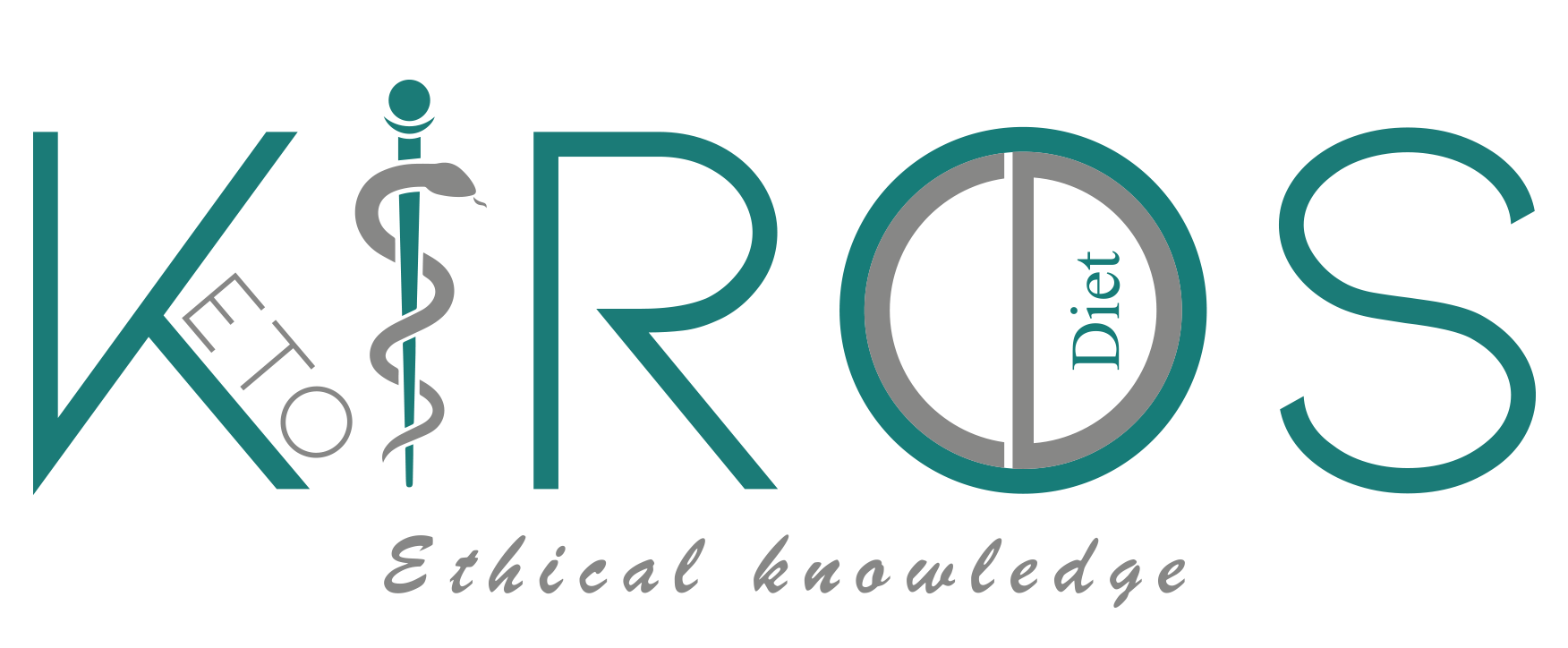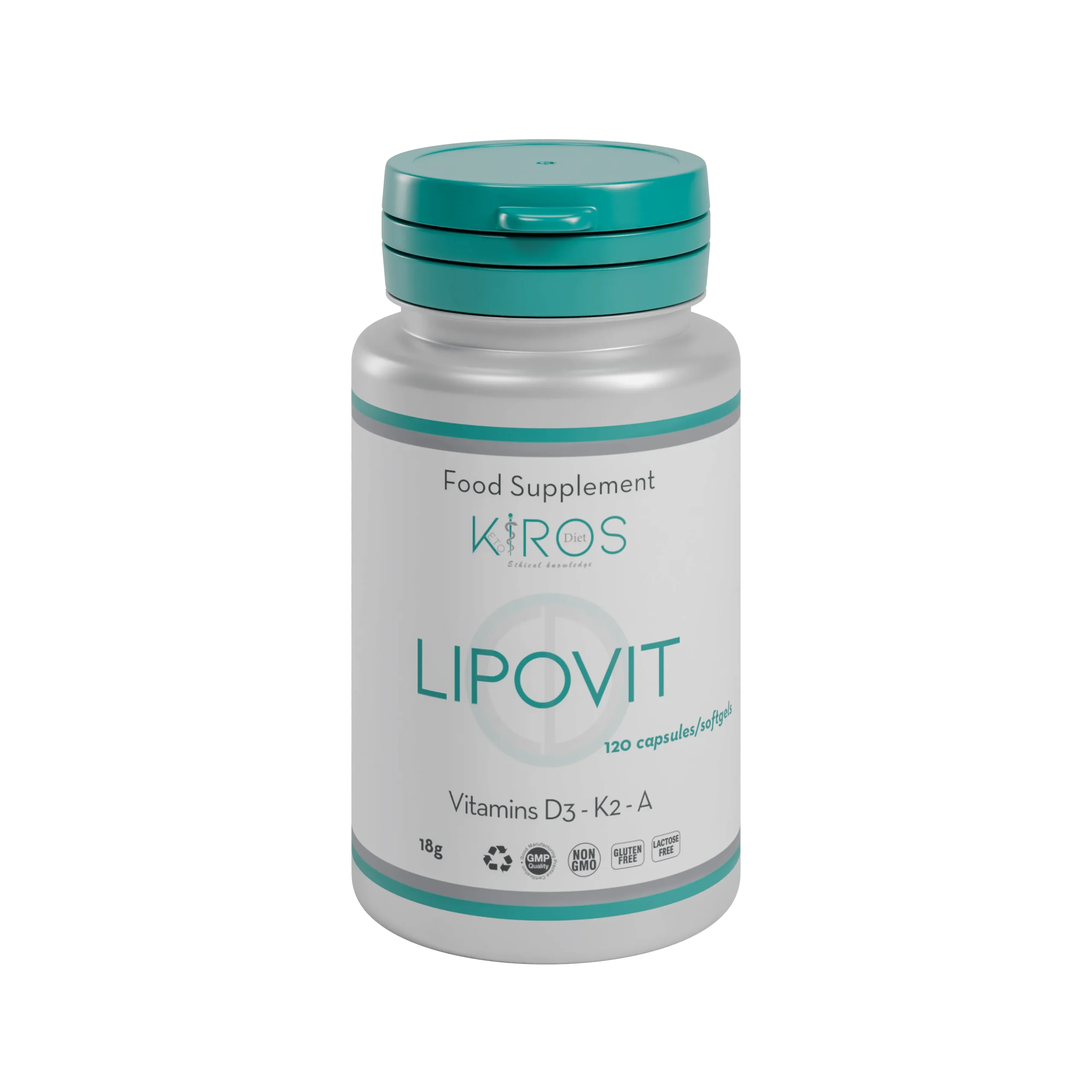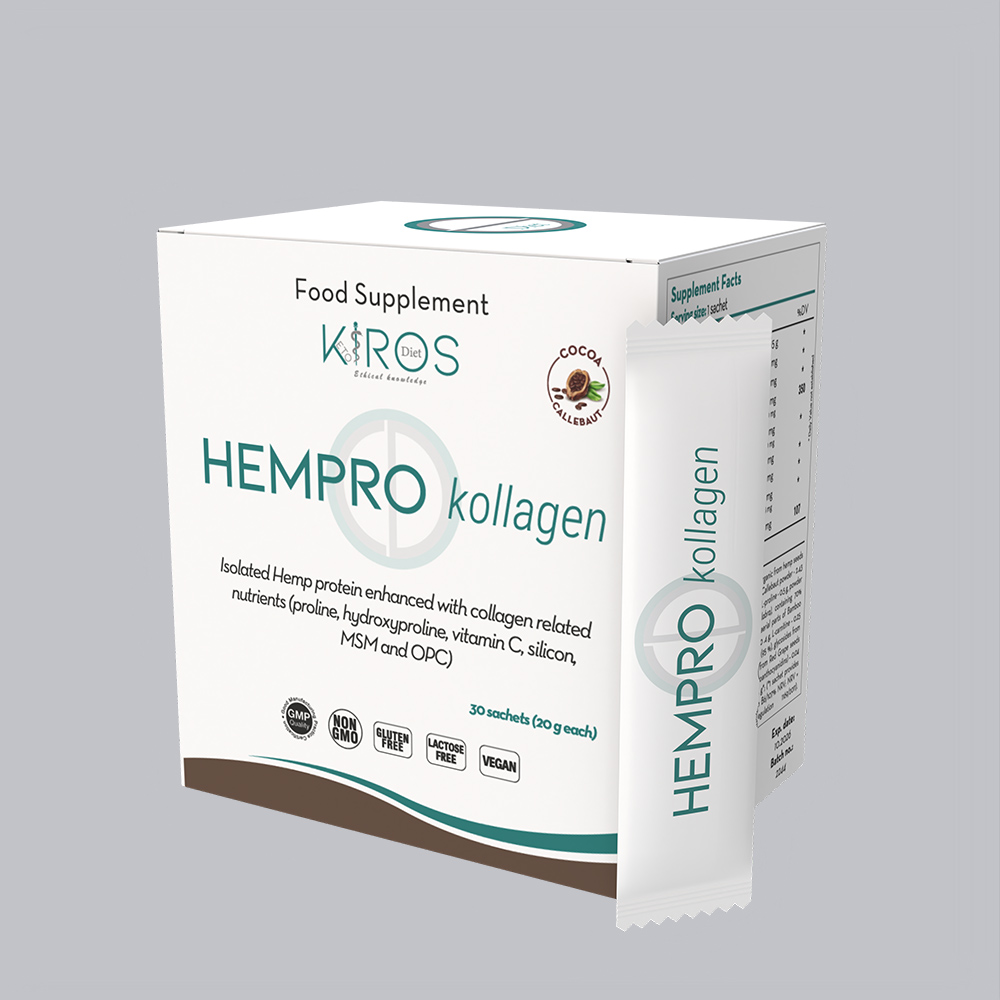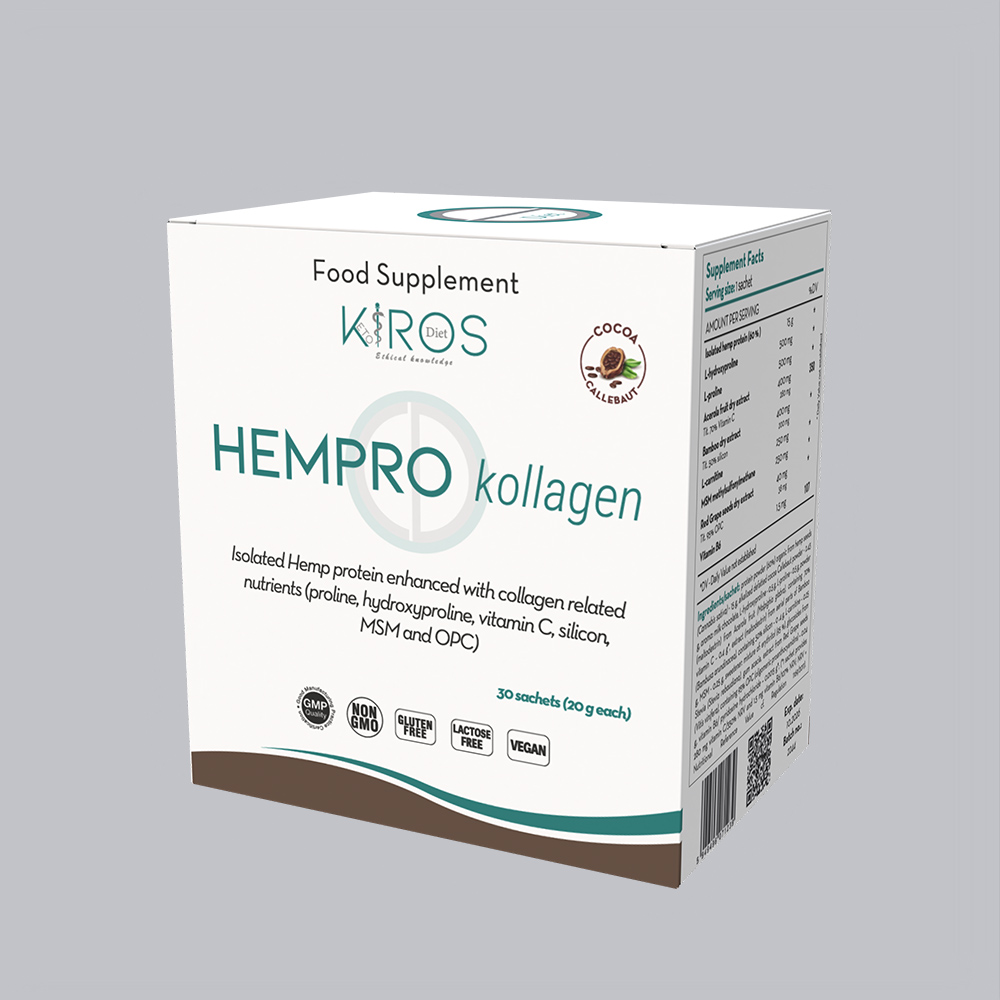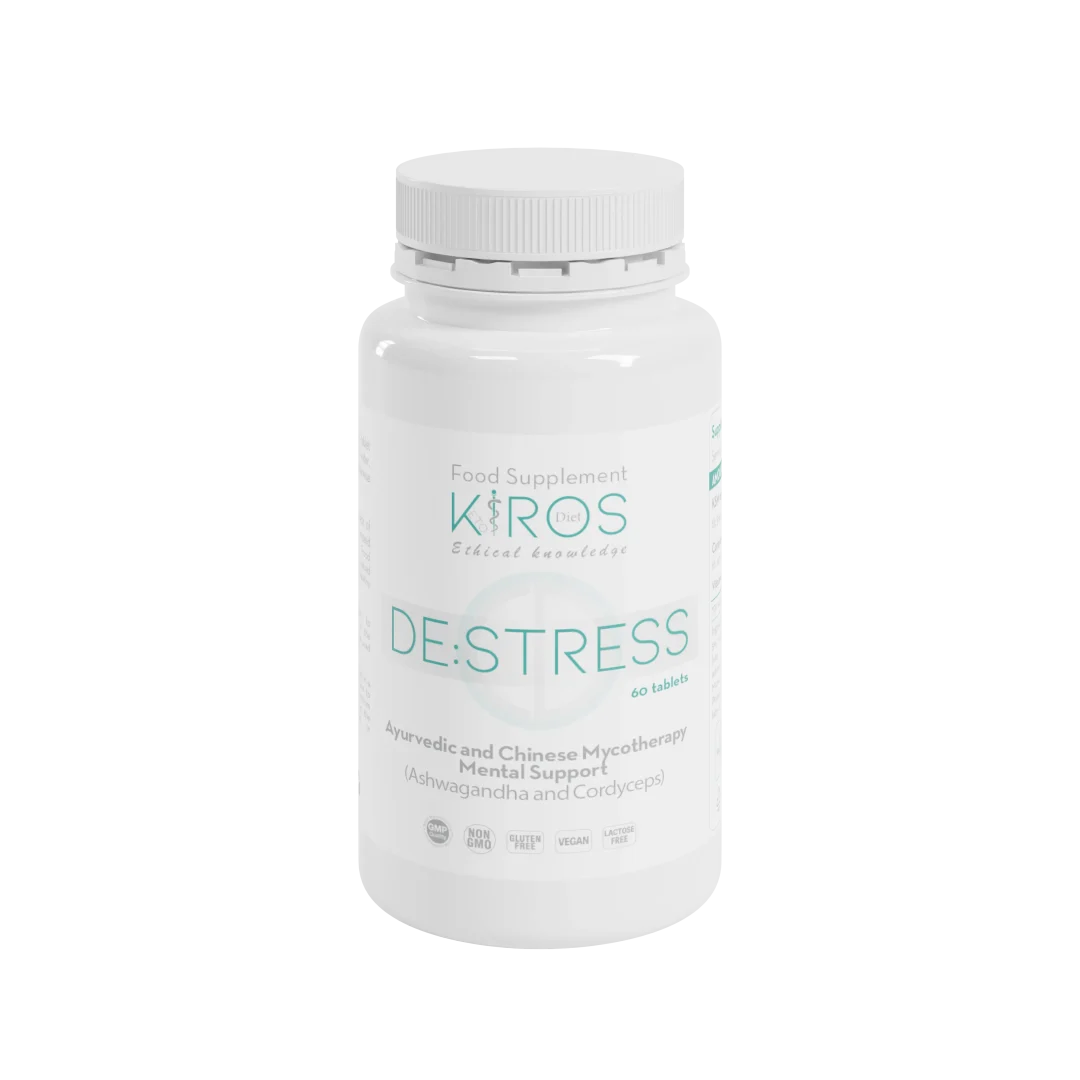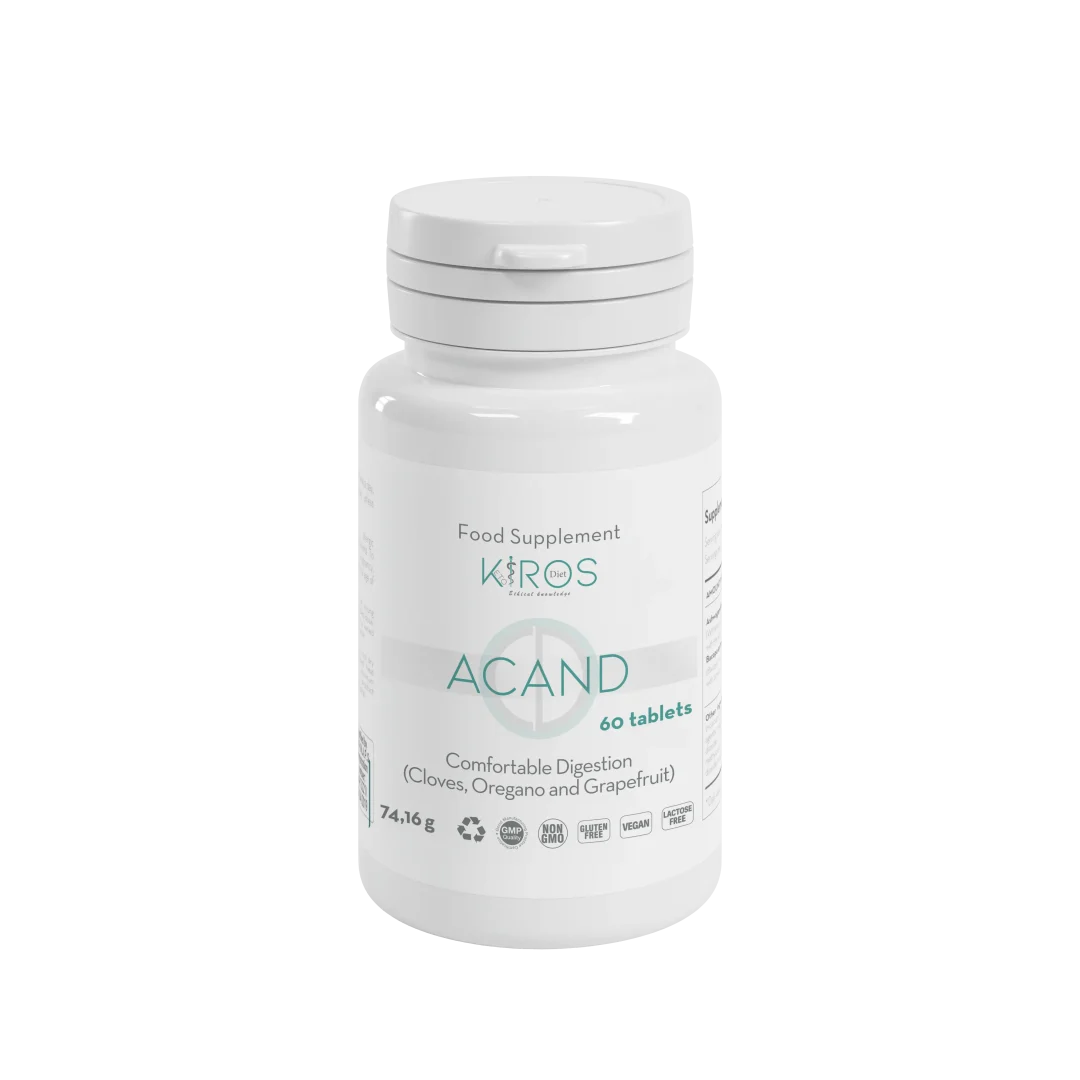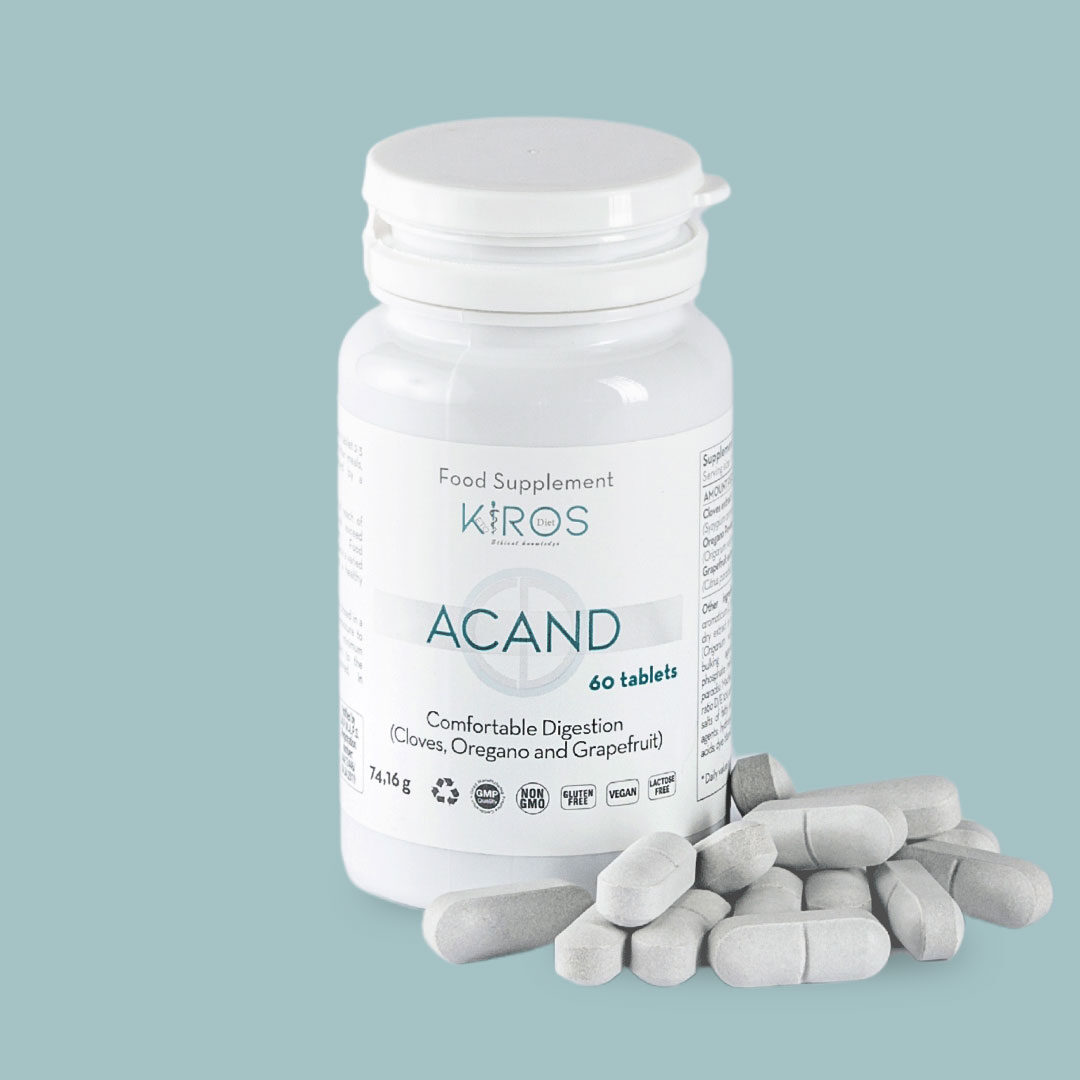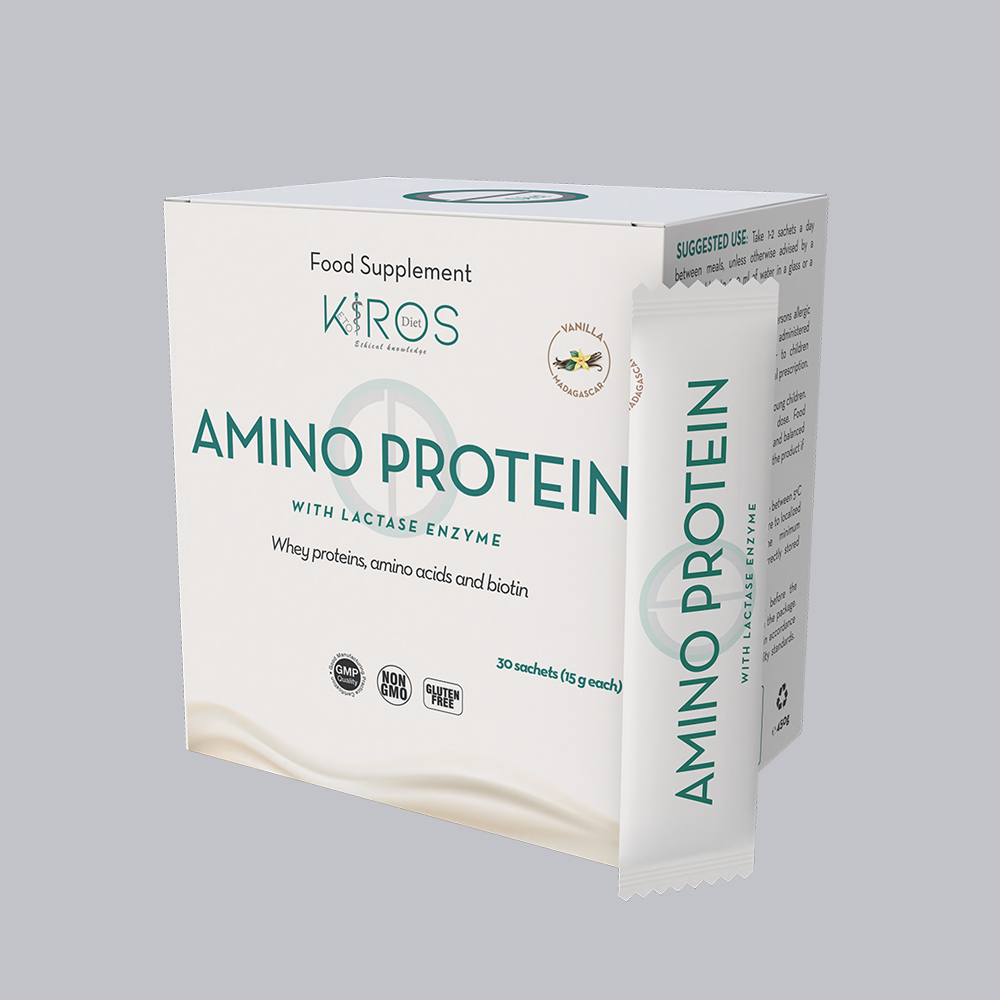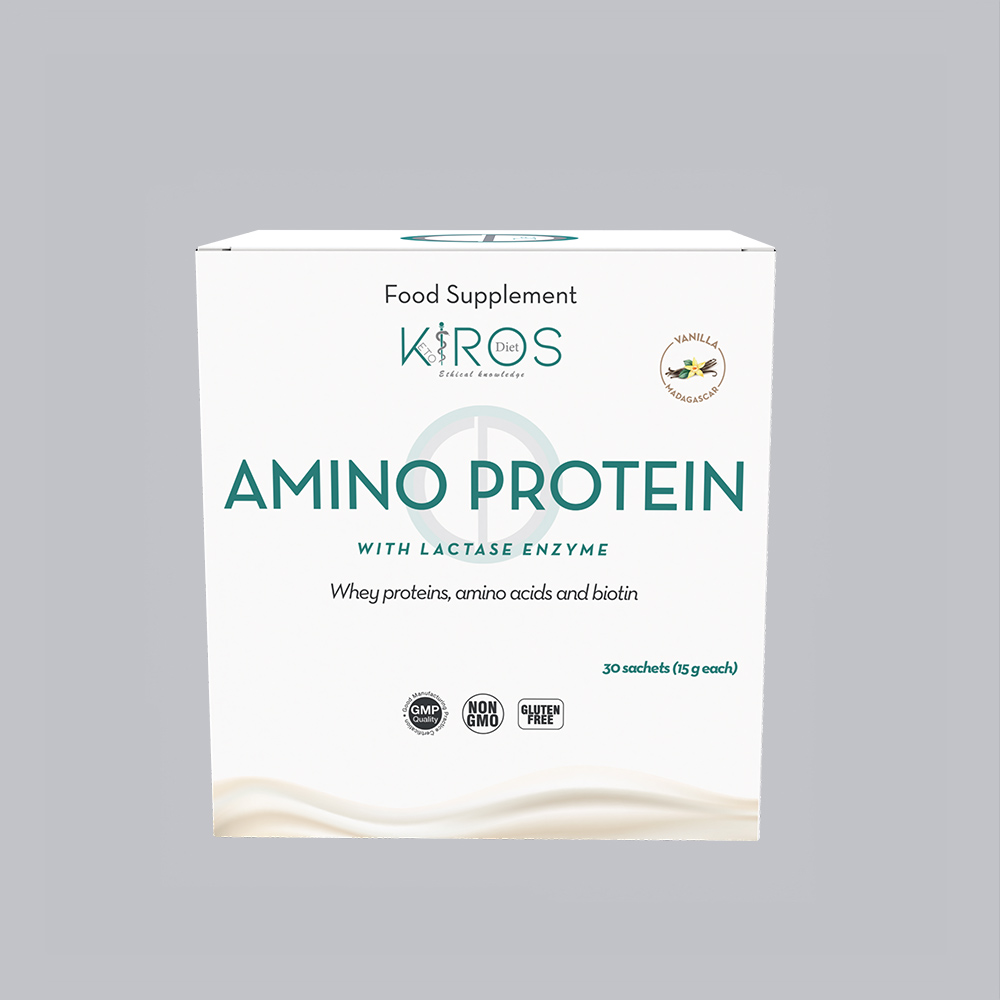Effectiveness
Kiros Lipovit is an active complex of high-dose fat-soluble vitamins A, D and K, packaged in bottles of 120 capsules to ensure stability and preservation. Vitamins A, D and K have different functions. Their common feature is that they dissolve in fat and accumulate in adipose tissue. Ideally they should be taken during meals so that they can be transported from the gut to the tissues, binding to fat. Fat-soluble vitamins perform various functions in the human body. Vitamin A is important for the production of red blood cells and visual pigments, regulates iron metabolism, has an antioxidant effect that protects cells from ageing and degenerative damage caused by free radicals, and protects and maintains the health of skin, hair and mucous membranes. Vitamin D stimulates intestinal absorption of calcium and phosphorus, promoting mineralisation of the bone matrix and reducing the risk of osteoporosis. Vitamin K contributes to normal blood clotting and the maintenance of bone and muscle tissue.
Vitamin K benefits
Vitamin K Is the generic name for a family of compounds with a common chemical structure of 2-methyl-1,4-naphthoquinone, is a fat-soluble vitamin naturally present in some foods and available mostly in dietary supplement form (1). It is the coenzyme of vitamin K-dependent carboxylase, an enzyme involved in protein synthesis involved in haemostasis (blood clotting) and bone metabolism, as well as various other physiological functions (2-4). It plays a role in the prevention of osteoporosis and coronary heart disease. Numerous studies link its consumption to bone health and osteoporosis prevention. The generic term vit. K (“koagulation”), includes vit. K1, of plant origin, the group of vitamins called vit. K2, menaquinone, produced by micro-organisms, and vit. K3 and K4, of synthetic origin.
Vitamin K2. Vitamin K2 is supplied by intestinal bacterial flora in amounts ranging from 10 to 100% of the daily requirement of vitamin K1 contained and supplied to the body by green leafy vegetables. Intestinal dysbiosis, which is frequently present, alters its production and makes it insufficient, leading to a deficiency of this vitamin. K2 activates calcium mobilising proteins: osteocalcin, which attracts calcium to bones and teeth, and MPG (Matrix GLA Protein), which mobilises calcium from soft tissues and arteries, preventing calcification of tissues and vessels.
Vitamin D benefits
Vitamin D. This is a fat-soluble vitamin found naturally in very few foods, added to some functional and fortified foods and available as a dietary supplement. It is produced endogenously by the sun’s ultraviolet rays, which hit the skin and trigger its synthesis. It exists in two active forms, a skin-synthesised form, vitamin D2 or ergocalciferol, obtained by UV irradiation of ergosterol (provitamin D2) and a natural form, vitamin D3 or cholecalciferol, extracted from fish liver oil and obtained by UV irradiation of 7 dehydrocholecalciferol present in the dermis. Vitamin D promotes calcium absorption in the intestine and maintains adequate serum calcium and phosphate concentrations, allowing normal mineralisation of bones. Its supplementation is essential in the prevention of osteoporosis (5).
Vitamin D3. It is the natural form in mammals and is up to 100 times more active than D2.
Diffuse pain and fatigue. Fatigue is a constant feeling of tiredness and drowsiness, symptoms that are often overlooked by doctors and sufferers. Recent research indicates that these symptoms may be related to vitamin D (6) deficiency, as widespread pain and fatigue have been observed in patients with vitamin D deficiency. Fibromyalgia syndrome (FMS) is a chronic musculoskeletal disorder characterised by widespread pain in at least 11/18 anatomical regions. Other important symptoms are fatigue, sleep disturbances and cognitive impairment. Vitamin D deficiency may contribute to the severity of fibromyalgia, aggravating fatigue and complaints that affect the quality of health in fibromyalgia patients. This is the conclusion of a clinical study of 43 patients with fibromyalgia and vitamin D deficiency, in addition to 21 patients with fibromyalgia and adequate vitamin D levels and 37 subjects with vitamin D deficiency but without fibromyalgia (7).
Musculoskeletal pain Determination of serum vitamin D levels may be useful in the diagnosis of patients presenting with excessive fatigue associated with musculoskeletal pain. In several studies, low vitamin D levels have been associated with increased muscle pain, highlighting its contribution to normal muscle function (6).
Depression. It has recently been shown that vitamin D may have beneficial effects on depression, an increasingly common condition that affects many aspects of life and leads to real disability (8).
Hair loss. Vitamin D also has important functions for optimal hair bulb and hair health. Several studies have suggested a role for vitamin D in the hair follicle; during stages of the hair growth cycle, an increased presence of vitamin D receptors on keratinocytes, a type of cell found in large quantities in our skin, has been observed. Its receptor (VDR) is also present in hair follicles and is expressed during the late anagen and catagen phases. Vitamin D3 is therefore thought to play a key role in the initiation of anagen, the active phase of the hair life cycle. The VDR receptor has low expression in follicles affected by alopecia areata and alopecia universalis, demonstrating once again how vitamin D is involved in the hair growth process (9). The role of this important factor was tested in a study of 8 women with scalp alopecia. The patients had significantly lower levels of vitamin D in their blood compared to women without alopecia: vitamin D levels decreased progressively with the severity of the disease (10).
Vitamin A benefits
Vitamin A The term vitamin A refers to retinol and its analogues, called retinoids, of which there are at least 1,500 different types known – natural or synthetic (11-13). Vitamin A is involved in regulating the growth and specialisation of virtually all cells in the human body. It is involved in immune function, vision, reproduction and cell communication (11,14,15). It supports cell growth and differentiation, playing an essential role in the formation and normal maintenance of the heart, lungs, kidneys, skin and other organs. Observational and prospective studies in smokers, ex-smokers and non-smokers have shown that a higher intake of carotenoids, either from fruits and vegetables or through dietary supplements, is associated with a lower risk of lung cancer (11,16). An essential component of rhodopsin, a protein that absorbs light at receptors in the retina, is required for colour vision and vision in low light conditions (17). Age-related macular degeneration (AMD) is one of the leading causes of significant vision loss in the elderly and is now considered the leading cause of central blindness in affluent countries. The aetiology of AMD is usually unknown, but the cumulative effect of oxidative stress is thought to play an important role. A recent clinical study has correlated adequate vitamin A and carotenoid supplementation with prevention of AMD, showing that higher dietary intake of lutein/zeaxanthin and vitamin A was independently associated with a reduced likelihood of developing AMD (18).
Vitamins D, K and A, for your immune system
Vitamin D: vitamin D deficiency (which is extremely common today) is associated with an increased risk of acute viral respiratory infection, and meta-analyses of clinical studies on vitamin D supplementation for the prevention of viral infections have shown protective effects; indeed, vitamin D has numerous immunostimulating effects, but to have a rapid effect, high daily doses must be used, such as 4. 000 IU/day for at least three months (in emergencies, 10 000 IU/day can be taken for seven days) and then 4 000 IU/day; it should be remembered that during these vitamin D intakes it is necessary to drink about 2 litres of water a day (19,21).
Vitamin K: adequate supplementation results in an improvement in the components of the immune system with an increase in antimicrobial and natural killer cell activities, lymphocyte proliferation, chemotaxis and delayed-type hypersensitivity.
Vitamin A: its deficiency compromises both innate immunity as it reduces the functionality of neutrophils, macrophages and natural killer lymphocytes, and acquired immunity as it plays an important role in the development of Th1, Th2 and B lymphocytes.
LITERATURE
- Booth SL. Vitamin K: food composition and dietary intakes. Food Nutr Res 2012;56.
- Institute of Medicine. Dietary reference intakes for vitamin A, vitamin K, arsenic, boron, chromium, copper, iodine, iron, manganese, molybdenum, nickel, silicon, vanadium, and zinc. Washington, DC: National Academy Press; 2001.
- Elder SJ, Haytowitz DB, Howe J, Peterson JW, Booth SL. Vitamin K contents of meat, dairy, and fast food in the U.S. Diet. J Agric Food Chem 2006;54:463-7.
- Suttie JW. Vitamin K. In: Coates PM, Betz JM, Blackman MR, et al., eds. Encyclopedia of Dietary Supplements. 2nd ed. London and New York: Informa Healthcare; 2010:851-60.
- Cranney, A., Horsley, T., O’Donnell, S., Weiler, H., Puil, L., Ooi, D., … & Fang, M. (2007). Effectiveness and safety of vitamin D in relation to bone health. Evidence report/technology assessment, (158),
- Khan, Q. J., Reddy, P. S., Kimler, B. F., Sharma, P., Baxa, S. E., O’Dea, A. P., … & Fabian, C. J. (2010). Effect of vitamin D supplementation on serum 25-hydroxy vitamin D levels, joint pain, and fatigue in women starting adjuvant letrozole treatment for breast cancer. Breast cancer research and treatment, 119(1), 111.
- Solmaz, D., Avci, O., Yalcin, B. C., Kara, S. P., & Oran, M. (2015). AB0944 Vitamin D Deficiency Might Contribute Fatigue and Disease Activity in Patients with Fibromyalgia
- Armstrong, D. J., Meenagh, G. K., Bickle, I., Lee, A. S. H., Curran, E. S., & Finch, M. B. (2007). Vitamin D deficiency is associated with anxiety and depression in fibromyalgia. Clinical rheumatology, 26(4), 551-554.
- Lim, Y. Y., Kim, S. Y., Kim, H. M., Li, K. S., Kim, M. N., Park, K. C., & Kim, B. J. (2014). Potential relationship between the canonical W nt signalling pathway and expression of the vitamin D receptor in alopecia. Clinical and experimental dermatology, 39(3), 368-375.
- Rasheed, H., Mahgoub, D., Hegazy, R., El-Komy, M., Hay, R. A., Hamid, M. A., & Hamdy, E. (2013). Serum ferritin and vitamin D in female hair loss: do they play a role?. Skin pharmacology and physiology, 26(2), 101-107.
- Johnson EJ, Russell RM. Beta-Carotene. In: Coates PM, Betz JM, Blackman MR, et al., eds. Encyclopedia of Dietary Supplements. 2nd ed. London and New York: Informa Healthcare; 2010:115-20.
- Ross CA. Vitamin A. In: Coates PM, Betz JM, Blackman MR, et al., eds. Encyclopedia of Dietary Supplements. 2nd ed. London and New York: Informa Healthcare; 2010:778-91.
- Ross A. Vitamin A and Carotenoids. In: Shils M, Shike M, Ross A, Caballero B, Cousins R, eds. Modern Nutrition in Health and Disease. 10th ed. Baltimore, MD: Lippincott Williams & Wilkins; 2006:351-75.
- Solomons NW. Vitamin A. In: Bowman B, Russell R, eds. Present Knowledge in Nutrition. 9th ed. Washington, DC: International Life Sciences Institute; 2006:157-83.
- Institute of Medicine. Food and Nutrition Board. Dietary Reference Intakes for Vitamin A, Vitamin K, Arsenic, Boron, Chromium, Copper, Iodine, Iron, Manganese, Molybdenum, Nickel, Silicon, Vanadium, and Zinc. Washington, DC: National Academy Press; 2001.
- Institute of Medicine. Food and Nutrition Board. Dietary Reference Intakes for Vitamin C, Vitamin E, Selenium, and Carotenoids. Washington, DC: National Academy Press; 2000.
- Zhong, M., Kawaguchi, R., Kassai, M., & Sun, H. (2012). Retina, retinol, retinal and the natural history of vitamin A as a light sensor. Nutrients, 4(12), 2069-2096.
- San Giovanni, J. P., Chew, E. Y., Clemons, T. E., Ferris 3rd, F. L., Gensler, G., Lindblad, A. S., … & Sperduto, R. D. (2007). The relationship of dietary carotenoid and vitamin A, E, and C intake with age-related macular degeneration in a case-control study. Arch Ophthalmol, 125(9), 1225-1232.
- Stephensen, C. B. (2001). Vitamin A, infection, and immune function. Annual review of nutrition, 21(1), 167-192.
- Bergman, P., Lindh, Å. U., Björkhem-Bergman, L., & Lindh, J. D. (2013). Vitamin D and respiratory tract infections: a systematic review and meta-analysis of randomized controlled trials. PloS one, 8(6).
- Martineau, A. R., Jolliffe, D. A., Hooper, R. L., Greenberg, L., Aloia, J. F., Bergman, P., … & Goodall, E. C. (2017). Vitamin D supplementation to prevent acute respiratory tract infections: systematic review and meta-analysis of individual participant data. bmj, 356, i6583.
